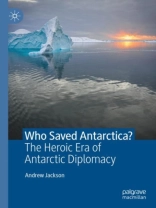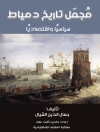This book provides a diplomatic history of a turning point in Antarctic governance: the 1991 adoption of comprehensive environmental protection obligations for an entire continent, which prohibited mining. Solving the mining issue became a symbol of finding diplomatic consensus. The book combines historiographic concepts of contingency, conjuncture and accidental events with theories of structural, entrepreneurial and intellectual leadership. Drawing on archival documents, it shows that Antarctic governance is more adaptive than some imagine, and policy success depends on the interplay of normative practices, serendipitous events, public engagement and influential players able to exploit those circumstances. Ultimately, the events revealed in this book show that the protection of the Antarctic Treaty itself remains as important as protecting the Antarctic environment.
Table of Content
1. Introduction.- 2. Antarctic mining might be possible—from finding gold to 1982.- 3. Negotiating a minerals convention—June 1982 to June 1988.- 4. Doubts about CRAMRA—June 1988 to May 1989.- 5. Antarctica’s crisis of consensus—May to October 1989.- 6.Tensions over Antarctica’s future—October 1989 to November 1990.- 7. Negotiating an environment protocol—November 1990 to April 1991.- 8. Antarctic consensus restored—April to October 1991.- 9. Influences and influencers in Antarctic affairs.- 10. Conclusions.
About the author
Andrew Jackson is a Research Fellow at the Institute for Marine and Antarctic Studies, Tasmania.












